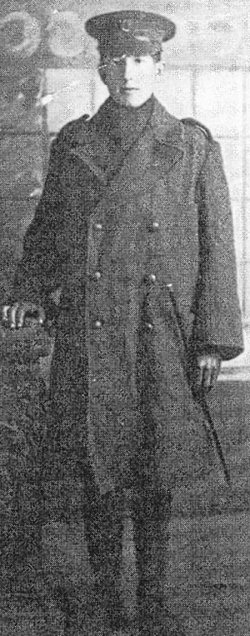The Ordnance Survey Reviews of times long ago make interesting reading, from time to time. Compare Crossmaglen today with that depicted below!
Recently I had reason to visit many of our rural villages and I was astonished at the boom in brash ‘private estates’ in all of them. Almost without exception they are out of keeping with the tenor and tradition of our countryside and are a mere extension of the ghastly Dallas ranch-style mansions of the nouveau-riche that dot our beautiful countryside like gargoyles. One might hope that a local Executive would eventually take control of rural planning: an illusionary dream, I fear, as the prospective members of such an Executive are numbered among the worst culprits.
Let us glance at three S Armagh villages of the early nineteenth century.
Newtownhamilton 1838
The village consists of thirty-four one-storied houses, six two-storied thatched and one hundred and eighty-nine two-storied slated houses, and ten three-storied houses.
There are two saddlers, four blacksmiths, eight woollen drapers, six coopers, ten shoe-makers, seven brogue makers, nine carpenters, two pawnbrokers, one hardware shop, one cabinet-maker, two wheel-wrights, five flax-dressers, five nailors, five tailors, two reed-makers, thirty-six spirit shops, four surgeons and three hotels.
One mounted police, nine on foot and one chief constable keep order.
Crossmaglen, Lower Creggan 1838
This town is of recent origin. There are many people still living who remember only a few houses scattered promiscuously over a large space. Indeed properly speaking it is nothing more yet – the houses are still scattered – but it is still improving. There is a good square but it has a bad appearance from its being surrounded by a number of dirty houses.
There is one three-storied house, eighty-five two-storied slated houses and twenty-three thatched one-storied houses. There are five shoemakers, one tailor, two nailors, four blacksmiths, six carpenters, three whitesmiths, one painter, four hacklers, two bakers, eleven spirit shops, one woollen draper, eight grocers and four doctors.
Seven police and a chief constable are stationed here on account of recent disturbances.
Forkhill, townland of Shean 1837
The village, about seven miles South-West of Newry contains about ten one-storied houses, four slated and fifteen two-storied houses, eleven slated. There is a mill, a market house and a Methodist meeting house. The village is a wild district of country and not very likely to improve. The (Protestant) Church – a short distance to the N-W – has a range of buildings including a schoolhouse. This was erected in 1767 by Richard Jackson. The average Sunday attendance is seventy.
The mill, with kilns, belongs to John Bellew. The Market House is a small wretched building erected ~ 1800. In Carrigans there is a school for 65 pupils, built this year 1837 that is supported entirely by contributions of scholars. There is a dispensary in Shanroe townland that is open three days a week.
… Fr Luke Donnellan, Crossmaglen ? …
